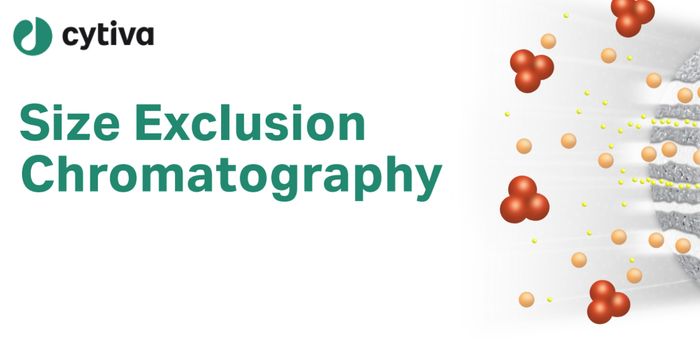New CRISPR Enzyme is Ready for Use
Researchers developed a gene-editing tool called CRISPR by utilizing a system bacteria use to defend themselves from invaders. It involves an enzyme that can cut the genome, Cas9. But that’s not the only genome-cutting enzyme around. Researchers, including those that originally developed CRISPR, have been evaluating others that could be used in place of Cas9, for different purposes, or to make the cutting action more specific. Now a team led by Feng Zhang and colleagues at the Broad Institute of MIT and Harvard, and co-author Eugene Koonin of the National Institutes of Health have created a new tool for editing the genomes of eukaryotes.
This new technique uses an enzyme that targets the genome in a very specific way, called Cas12b. The enzyme comes from a microbe called Bacillus hisashii, and its small size makes it especially useful in vivo. The team wants to make the enzyme widely available to other research groups, and have reported their work in Nature Communications. Their reagents can also be easily accessed at Addgene.
The Cas12b enzyme was first identified back in 2015, but because it loves extreme environments like volcanoes and hot springs, it is only active at very high temperatures, much hotter than the environment inside the human body. In its natural state it's not ready for clinical applications. But a modified form might be, the researchers thought.
"We searched for inspirations from nature," Zhang said. "We wanted to create a version of Cas12b that could operate at lower temperatures, so we scanned thousands of bacterial genetic sequences, looking in bacteria that could thrive in the lower temperatures of mammalian environments."
The researchers were able to assess potential candidates and engineer changes in the ones that stood out. They created a new version of Cas12b that can edit primary human T cells efficiently, opening up a new avenue to target the human immune system.
"This is further evidence that there are many useful CRISPR systems waiting to be discovered," noted the first author of the study Jonathan Strecker, a postdoc in the Zhang Lab and a Human Frontiers Science program fellow.
The Cas12b enzyme family has been under study since it was discovered. Other researchers including a team led by Jennifer Doudna, one of the CRISPR tool’s original inventors, has identified other useful Cas12b enzymes from different microbes.
Dr. Zhang is featured in the video above, giving a talk at the Keystone Symposia on Molecular and Cellular Biology. The video below discusses some of the differences between Cas9 and Cpf1, one type of Cas12 enzyme.
Sources: Phys.org via MIT, Nature Communications




![WGS for rare disease diagnosis [eBook]](https://d3bkbkx82g74b8.cloudfront.net/eyJidWNrZXQiOiJsYWJyb290cy1pbWFnZXMiLCJrZXkiOiJjb250ZW50X2FydGljbGVfcHJvZmlsZV9pbWFnZV84MmRlM2UyYjA5M2Q3ZTYwOTI3Zjc1YTRjOWU2N2RmMjkzMThjMTJkXzI1MDcucG5nIiwiZWRpdHMiOnsidG9Gb3JtYXQiOiJqcGciLCJyZXNpemUiOnsid2lkdGgiOjcwMCwiaGVpZ2h0IjozNTAsImZpdCI6ImNvdmVyIiwicG9zaXRpb24iOiJjZW50ZXIiLCJiYWNrZ3JvdW5kIjoiI2ZmZiJ9LCJmbGF0dGVuIjp7ImJhY2tncm91bmQiOiIjZmZmIn19fQ==)




